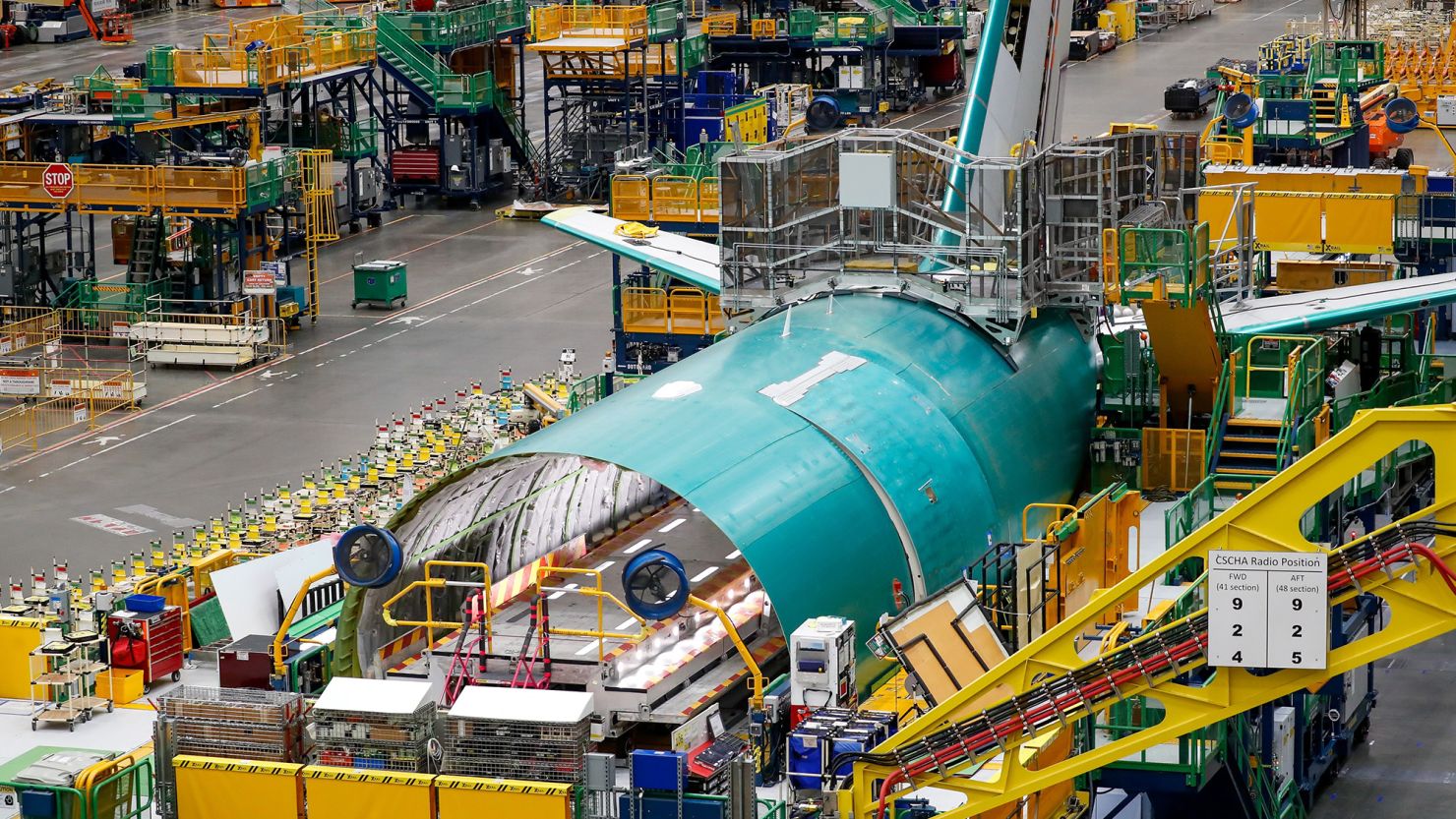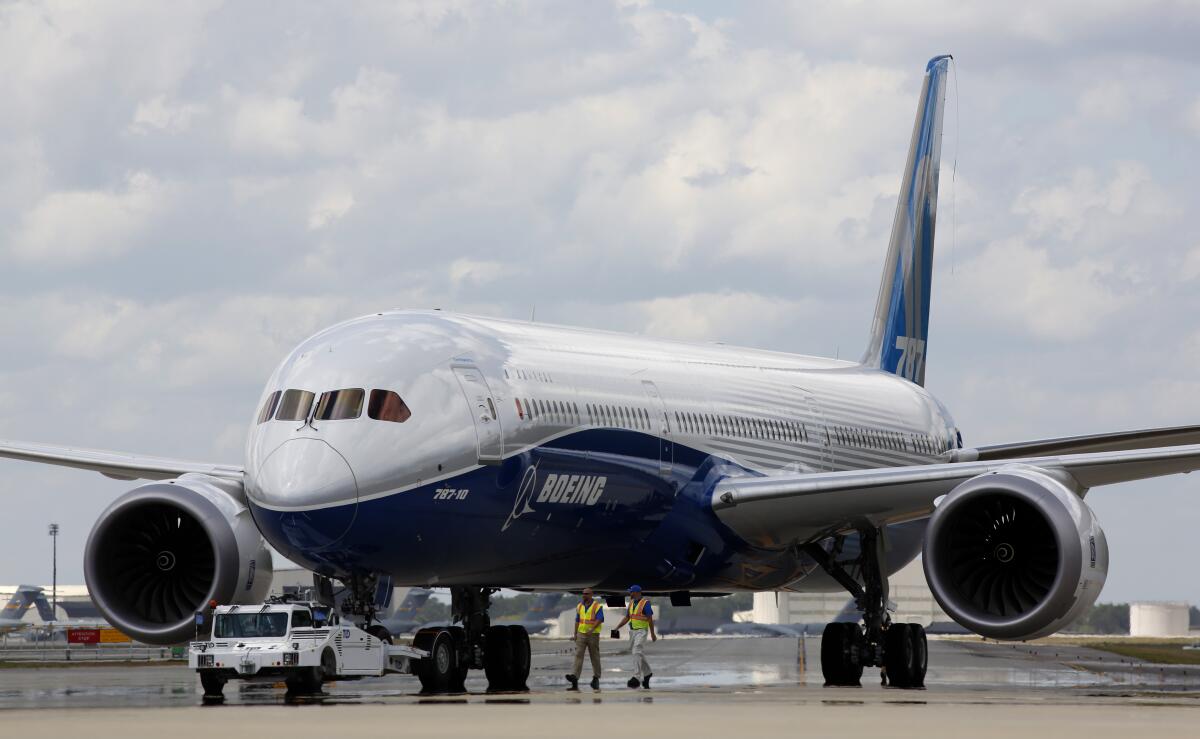Boeing defended its 787 Dreamliner program, stating no fatigue cracks were found in jets that underwent heavy maintenance, ahead of a Senate hearing this week.
The reassurance follows whistleblower allegations by Boeing quality engineer Sam Salehpour, who is scheduled to testify, claiming safety concerns about assembly practices.
Salehpour accused Boeing of overlooking safety protocols, particularly regarding the proper use of shims, which could lead to premature fatigue failure in some Dreamliner components.

His claims prompted an investigation by the Federal Aviation Administration (FAA), including reports of workers resorting to unconventional methods to align aircraft parts.
Boeing officials stressed that extensive inspections of nearly 700 in-service Dreamliner jets revealed no airframe fatigue issues after six and twelve years of operation.
They emphasized sharing all findings with the FAA, indicating ongoing cooperation with regulatory authorities.
The 787 program has faced scrutiny before, with Boeing halting deliveries for over a year due to quality concerns and manufacturing deficiencies.
In 2021, deviations from specifications were acknowledged, including improper shims and variations in skin-flatness standards.

Lisa Fahl, Boeing’s Vice President of Airplane Programs Engineering, clarified the stringent tolerances involved in Dreamliner construction, contrasting Salehpour’s claims of workers’ unconventional practices with Boeing’s established procedures.
Salehpour’s attorney, Debra Katz, expressed skepticism about Boeing’s data, urging independent validation before acceptance. She emphasized the need for FAA scrutiny to ensure data accuracy and safety compliance.
Boeing’s efforts to address safety concerns aim to restore confidence in its flagship 787 program amidst ongoing regulatory scrutiny and public attention.





